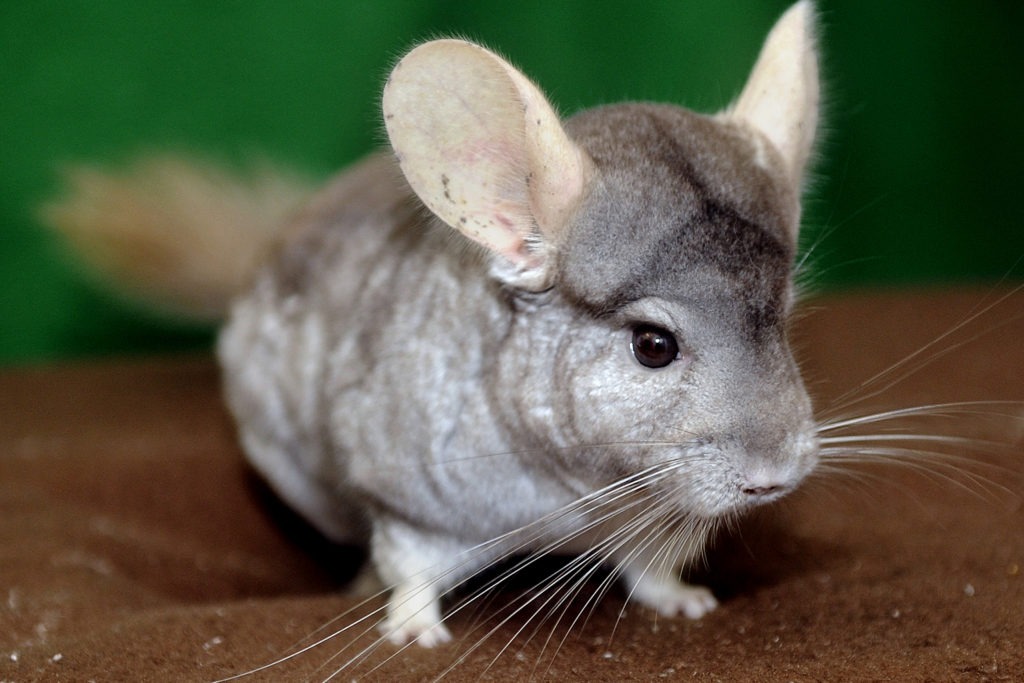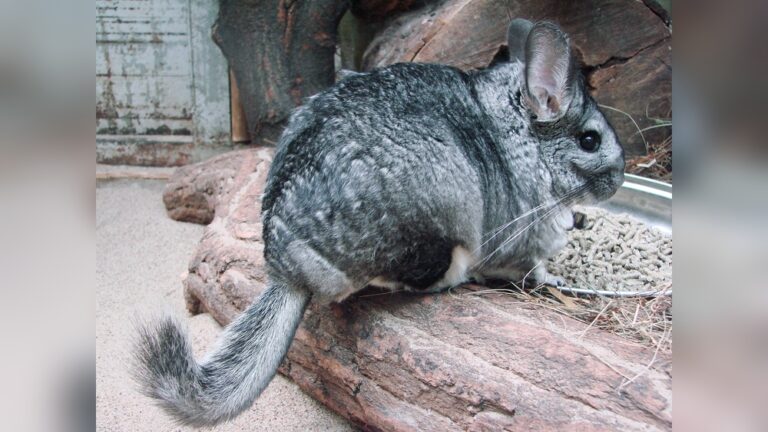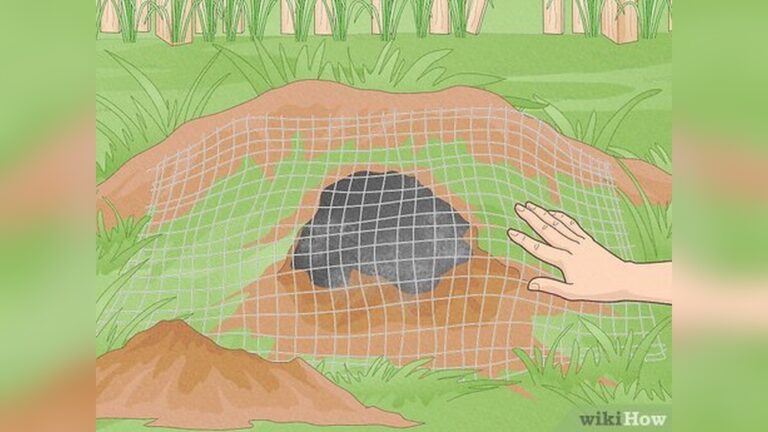Why Are Chinchillas Endangered: Shocking Facts You Must Know
Have you ever wondered why chinchillas, those soft and fluffy creatures, are becoming so rare? If you love animals or are curious about wildlife, understanding the reasons behind their endangered status is important.
This isn’t just about facts—it’s about how your awareness can make a difference. Keep reading to discover the surprising threats chinchillas face and what you can do to help protect these unique animals before it’s too late.
Chinchilla Species At Risk
Chinchillas are small rodents with soft, dense fur. They live in the wild in South America. Sadly, many chinchilla species face serious threats. These threats have made some chinchillas endangered. Understanding which species are at risk helps protect them better.
Many factors put chinchilla species in danger. Habitat loss and hunting for fur are main reasons. Each species has a different level of risk. Knowing their status guides conservation efforts.
Different Types Of Chinchillas
There are two main types of chinchillas. The first is the long-tailed chinchilla (Chinchilla lanigera). The second is the short-tailed chinchilla (Chinchilla chinchilla). Both types live in the Andes mountains. They prefer rocky, dry areas with caves. These places help them hide from predators.
Long-tailed chinchillas are more common in captivity. Short-tailed chinchillas are rarer and harder to find. Both types look similar but have small differences in tail length and body size. Wild chinchillas face many dangers, unlike those kept as pets.
Current Conservation Status
The International Union for Conservation of Nature (IUCN) lists chinchillas as endangered. Both species face a high risk of extinction. Their wild populations have dropped sharply over the last decades. Hunting for fur caused much of this decline. Illegal trapping continues to threaten their survival.
Loss of habitat also harms chinchillas. Mining and farming reduce the areas where they live. Conservation groups work hard to protect these animals. Laws exist but need better enforcement. Saving chinchillas requires global attention and action.

Credit: www.marylandzoo.org
Natural Habitat Challenges
Chinchillas face many problems in the wild. Their natural homes are changing fast. These changes make survival hard. Understanding these challenges helps protect them better.
Habitat Loss And Fragmentation
Chinchillas live in rocky, mountainous areas. These places are shrinking due to human activities. Mining and farming break large habitats into small patches. Small patches cannot support many chinchillas. They become isolated and weak. Finding food and mates becomes difficult. The risk of predators grows in small areas.
Climate Impact On Ecosystems
Chinchillas’ habitats depend on stable weather. Changes in temperature and rain affect plants and water. Hotter and drier conditions reduce food availability. This makes chinchillas weaker and less healthy. Extreme weather events can destroy shelters. The balance of the ecosystem shifts. Many animals and plants chinchillas rely on may disappear.
Human Impact On Populations
Human activity plays a major role in the decline of chinchilla populations. These small animals face many threats caused by people. Understanding these impacts helps us see why chinchillas are endangered.
Hunting And Fur Trade
Chinchillas have thick, soft fur that is very valuable. Hunters kill them for their pelts. This fur trade has greatly reduced their numbers in the wild. Overhunting makes it hard for chinchillas to recover.
Illegal Pet Trade
Many people want chinchillas as pets. Some are taken from the wild illegally. This reduces wild populations and disrupts their natural homes. The illegal pet trade is a serious threat to chinchillas.
Agricultural Expansion
Farmers clear land to grow crops and raise animals. This destroys chinchilla habitats. Without safe homes, chinchillas struggle to survive. Agricultural expansion breaks up their living areas.
Credit: en.wikipedia.org
Reproductive And Biological Factors
Chinchillas face many challenges due to their biology and reproduction. These factors limit their ability to increase their numbers. Understanding these issues helps explain why chinchillas are endangered.
Low Reproduction Rates
Chinchillas have a slow reproduction cycle. They give birth to only one or two babies each time. Pregnancy lasts about 111 days, which is long for small animals. Mothers need time to care for their young before having another litter. This slow rate makes population growth very slow. Few babies survive to adulthood in the wild. Predators and harsh environments add to these difficulties.
Adaptation Difficulties
Chinchillas are adapted to cool, dry mountain climates. They struggle to live in warmer or wetter areas. Changes in their habitat make survival harder. Their dense fur, while protecting them from cold, can cause overheating. They cannot easily move to new areas. Food sources may also become scarce. These biological limits reduce their chances of thriving outside their natural homes.
Conservation Efforts And Success Stories
Chinchillas face many threats, but conservation efforts offer hope. People and groups work hard to protect these animals and their habitats. Several strategies help chinchillas survive and grow in the wild. Success stories show that saving chinchillas is possible.
Protected Areas And Reserves
Governments create protected areas where chinchillas live safely. These zones stop hunting and land destruction. Protected areas keep the natural home intact for chinchillas. This helps their population increase over time. Scientists monitor these areas to track chinchilla health and numbers.
Breeding Programs
Breeding programs raise chinchillas in controlled places. These programs increase chinchilla numbers quickly. Once strong, some chinchillas return to the wild. Careful breeding prevents diseases and keeps genetic variety. This method supports wild populations and helps avoid extinction.
Community Involvement
Local people learn why chinchillas matter. They join efforts to protect chinchillas and their homes. Communities stop hunting and report illegal activities. Education programs teach how to live with chinchillas safely. This teamwork creates a better future for chinchillas.
How You Can Help
Chinchillas face many dangers in the wild. Their numbers have dropped sharply over the years. People can help protect these small animals. Simple actions can make a big difference for chinchillas.
Helping chinchillas means supporting groups that work to save them. It also means caring for pet chinchillas the right way. Sharing facts about chinchillas helps too. Everyone has a role in protecting these creatures.
Supporting Conservation Groups
Many groups work hard to save chinchillas. These groups protect chinchilla habitats and stop illegal hunting. You can donate money or time to these groups. Your support helps fund their important work. It also boosts efforts to keep chinchillas safe.
Responsible Pet Ownership
Chinchillas need special care at home. Giving them proper food and a clean cage is key. Avoid buying chinchillas from illegal sellers. Always adopt from trusted breeders or shelters. Responsible care keeps pet chinchillas healthy and happy.
Raising Awareness
Many people do not know chinchillas are endangered. Talking about chinchillas helps others learn. Share facts with friends, family, and online. Awareness can reduce hunting and illegal trade. It builds a stronger community to protect chinchillas.

Credit: www.joelsartore.com
How Smart Pets Lover Can Help You with Why Are Chinchillas Endangered
Learning from Chinchillas’ Challenges: A Path to Deeper Understanding
Understanding why chinchillas are endangered opens up meaningful opportunities for practical learning, especially around natural habitat challenges and human impact on populations. As pet lovers, we can deepen our appreciation for these delicate creatures by exploring how their fragile ecosystems are disrupted and how reproductive factors play a role in their survival.
By studying these aspects, families and individuals can gain insights into responsible pet ownership and conservation ethics—key elements we value at Smart Pets Lover. Observing how conservation efforts bring hope to chinchilla populations encourages us to apply similar compassion and care in our interactions with all pets, whether dogs, cats, or birds.
- Research local wildlife conservation projects to see real-world impact.
- Engage with community programs focused on habitat preservation.
- Connect with wildlife experts or organizations for deeper knowledge.
For those curious to learn more or get involved, reputable sources like the International Union for Conservation of Nature (IUCN) can provide detailed updates and guidance. Learning about endangered species like chinchillas isn’t just about awareness—it’s about inspiring thoughtful actions that honor every wag, purr, and chirp in our world.
Frequently Asked Questions
Why Are Chinchillas Considered Endangered Species?
Chinchillas are endangered due to habitat loss and illegal fur trade. Their natural habitats are shrinking, and overhunting has drastically reduced their populations in the wild.
What Threats Contribute To Chinchilla Population Decline?
Major threats include habitat destruction, illegal hunting, and climate change. These factors reduce food sources and safe living areas, leading to population decline.
How Does Illegal Fur Trade Impact Chinchillas?
Illegal fur trade drives overhunting of chinchillas for their soft pelts. This unsustainable demand severely diminishes wild populations and disrupts ecosystem balance.
Can Chinchillas Survive In Captivity For Conservation?
Yes, captive breeding programs help protect chinchillas. They support population recovery and reduce pressure on wild populations by providing alternatives to hunting.
Conclusion
Chinchillas face many threats in the wild. Their homes shrink as people build more cities. Hunting for fur also harms their numbers. Without help, chinchillas may disappear forever. Protecting their land is very important. We all can support wildlife efforts.
Saving chinchillas means saving nature’s balance. Small actions make a big difference. Let’s keep these soft creatures safe. Their future depends on us today.







